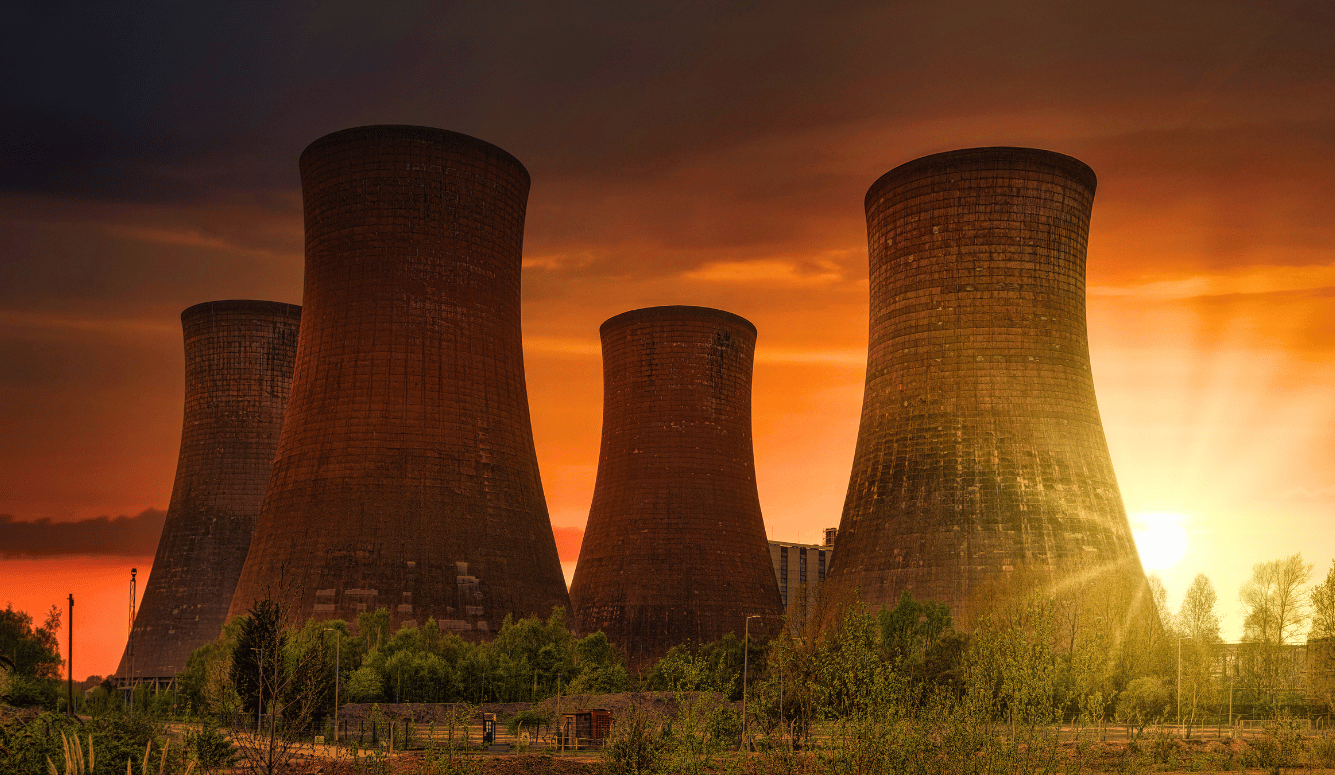Environmentalism
Nuclear Power Is Already Great
When “nuclear-loving greens” demand innovation, they imply something is wrong with current reactors, and slow down climate policy. This needs to stop.

At first, it was something of a sensation when Stewart Brand, the founder of the legendary Whole Earth Catalog, came out in favour of nuclear power. The man who led the back-to-the-land movement in the 1960s and inspired his followers to build windmills, grow organic food, and live off-grid was now advocating an energy source he had long been against.
It was 2007. Climate change was becoming an urgent problem. Since nuclear plants don’t emit greenhouse gases, Brand told The New York Times, they need to be quickly built on a large scale to replace fossil-fuel plants. He also expressed guilt at his previous scaremongering about nuclear power. Splitting atoms of enriched uranium was much safer than he had always believed and the resulting radioactive waste posed much less of a problem than he had previously thought.
Stewart Brand wasn’t the first convert to nuclear. In 2004, James Lovelock, a long-time environmentalist hero and the creator of the Gaia theory, made an impassioned appeal in its favour: “I entreat my friends in the movement to drop their wrongheaded objection to nuclear energy,” he said. He considered it “the only green solution.”





